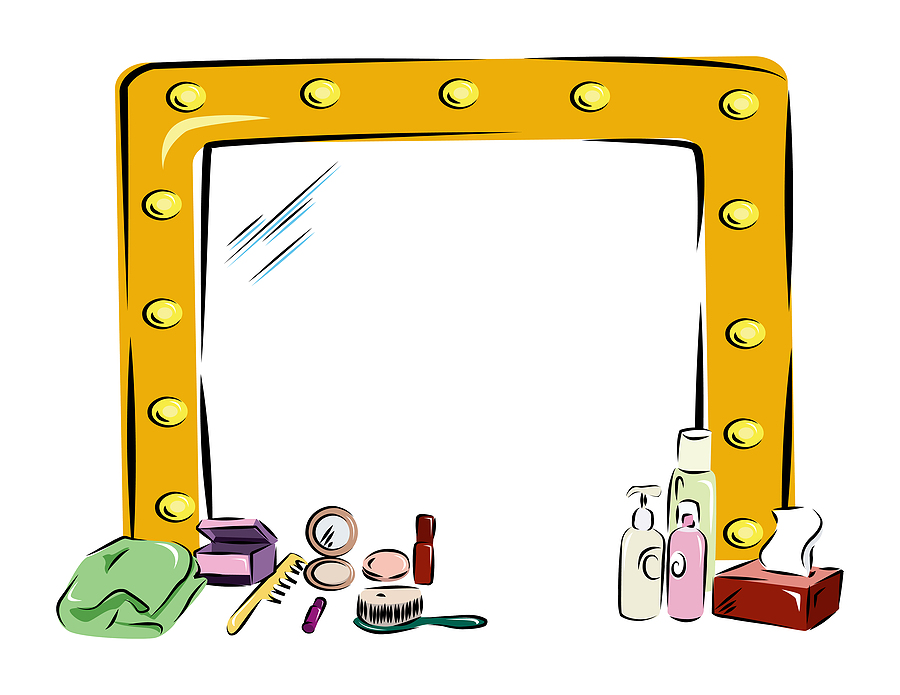New scale developed for physical appearance perfectionism
By Liz Lockhart
The development and preliminary validation of a new diagnostic measure to gauge individual differences in  peoples’ concerns and hopes about a perfect physical appearance has been achieved through collaborative research between psychologists at the University of Kent and Zhejiang University in China.
peoples’ concerns and hopes about a perfect physical appearance has been achieved through collaborative research between psychologists at the University of Kent and Zhejiang University in China.
This new diagnostic tool is names the Physical Appearance Perfectionism Scale (PAPS). It is hoped it will help to stimulate much needed research into a personality disposition. This is characterised by striving for flawlessness and exceedingly high personal standards, overly critical self-evaluations, and concerns about others’ evaluations of one’s own physical appearance.
The development and testing of PAPS was conducted by Dr. Joachim Stoeber and Dr. Hongfei Yang at Zhejiang.
The research involved eight separate studies with 2,316 students at Zhejiang’s Xixi campus and Kent’s Canterbury campus between 2006 and 2010.
‘Today’s society places great importance on people’s physical appearance. We are surrounded by pictures of other people who look ‘perfect’ on billboards, in newspapers and magazines, on TV and in the movies, and on the internet. Perfect looks are highly valued because they symbolise success, happiness and being loved and admired by others. Consequently many people strive to look perfect and many others are concerned about their physical appearance worrying that they may not look perfect,’ said Dr. Stoeber.
Dr. Yang added ‘The purpose of our study was to develop a multidimensional measure of physical appearance perfectionism that will help identify the associations between physical appearance perfectionism and general perfectionism, self-perceptions regarding physical appearance and behaviours aimed at improving one’s physical appearance and making a favourable impression. By doing so, we hope to help elucidate the role that physical appearance perfectionism plays in body-image disturbance and body dissatisfaction.’
The research is published in the Journal of Psychopathology and Behavioural Assessment.





